The Leica Summilux 50mm f/1.4 remained basically unchanged in its second version from 1961 until 2004, after which the aspherical model replaced it. Only the barrel design changed over those years. The optics never did. The old pre-aspherical Summilux is a classic lens that reigned supreme as a fast 50mm lens for decades.
Having f/1.4 for practical reasons like low light hasn’t made a lot of sense for long time now—and I am not talking about the relatively recent past with digital cameras. Kodak’s original Tri-X film in the 1950s was ASA (ISO) 200, which was already considered exceedingly fast. In 1959, Kodak introduced an improved ASA 400 Tri-X, the same speed as today’s. Like today’s Tri-X, it was possible to push process up to 3200. The Summicron 50mm f/2 was plenty fast for most purposes, and still is.
In street photography, the Summicron 50mm f/2 is has superior usability compared with the Summilux in my view. The Summicron is a bit smaller, and the focus throw is 120 degrees rather than the 180 degrees of the pre-aspherical Summilux. In street photography, fast focus counts, and that’s hard to do when your fingers are racing halfway around the barrel of the greater circumference of the Summilux. The shorter trip of the Summicron helps with speed, and for the versions with a focus tab, you can move even faster to capture the shot. The greater throw of the Summilux is made to help with finer focusing to nail the shot at f/1.4, but this only counts when you have the time to be precise.
Shooting the Summilux wide open at f/1.4 does not give you the best bokeh in the world. Points of light look like squashed lemons, and there is a sharpness in the edges of objects in the background. If it is creamy bokeh in a fast 50mm M-mount lens that you want without breaking the bank or straining your neck muscles with a Noctilux, better to go for the Zeiss Sonar 50mm f/1.5, or at worst its Russian doppelgänger, the Jupiter 3—as long as you have the stomach for Soviet-era quality control. The current Summilux-M ASPH. is also an excellent lens with great bokeh at f/1.4, but at five times the price of the Zeiss. Also, the current Summilux is bigger and heavier than the Zeiss and the old Summilux, and you get some finder blockage, whereas the Zeiss and old Summilux don’t block the finder at all, even on a Leica M3.
If you are going to buy the Zeiss, get it out of Japan. The pricing is significantly less than in the US and Europe, and about what Lomography’s Jupiter 3+ costs new. So why get the knock-off when you can own the original Zeiss for the same money?
If I am going to shoot wide open with the Summilux, I prefer still life to people and rural scenes to urban ones. The old Summilux’s rendering of the natural environments in the background is more pleasing to the eye than the jagged edges and points of light in urban scenes. What’s more, as I mentioned above, the lens is not suited for the fast focus needed when shooting people in the street, but rather precise focus when shooting scenes without movement. This is not to say you can’t get great shots with the Summilux shooting wide open in the city. You can. I have, and so have others. It’s just that I believe the lens is better suited for country scenes.
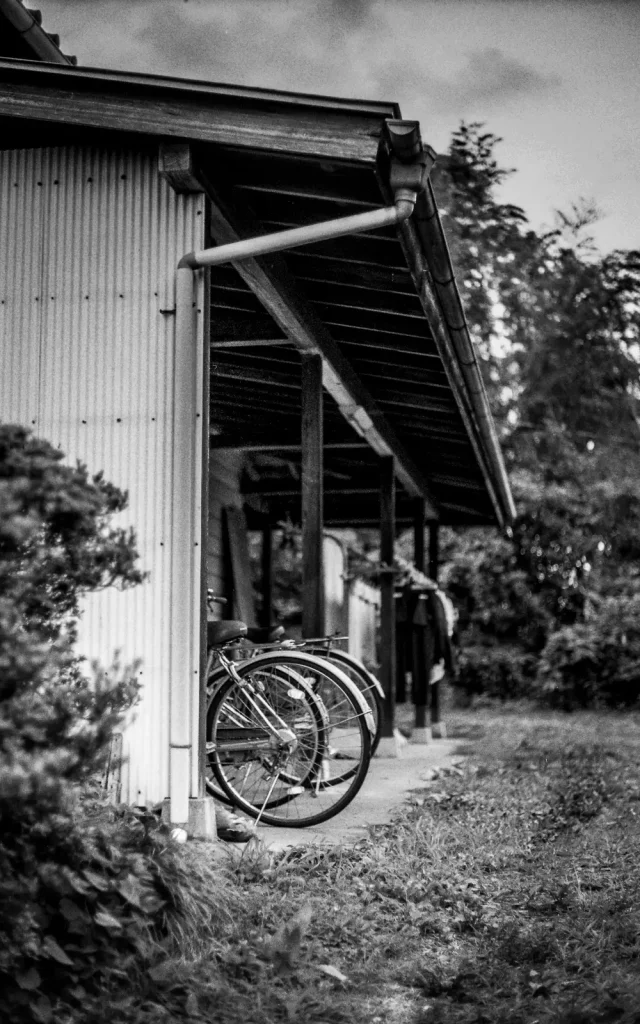
If you are going shoot wide open with Summilux, even on a cloudy day, you will need a neutral density filter, and I suggest 8x. That will bring the exposure down three stops, and you will need that even shooting at ISO 100 or ISO 50. The old Summilux takes 43mm filters. In Japan, Marumi makes great filters that are extremely reasonably priced—usually between $15-30, not like the outrageous pricing of Leica filters new. In any case, Leica no longer makes 43mm filters so you will have to either buy third-party ones or find some Leica ones used. I have never found a Leica 43mm ND filter new or used.
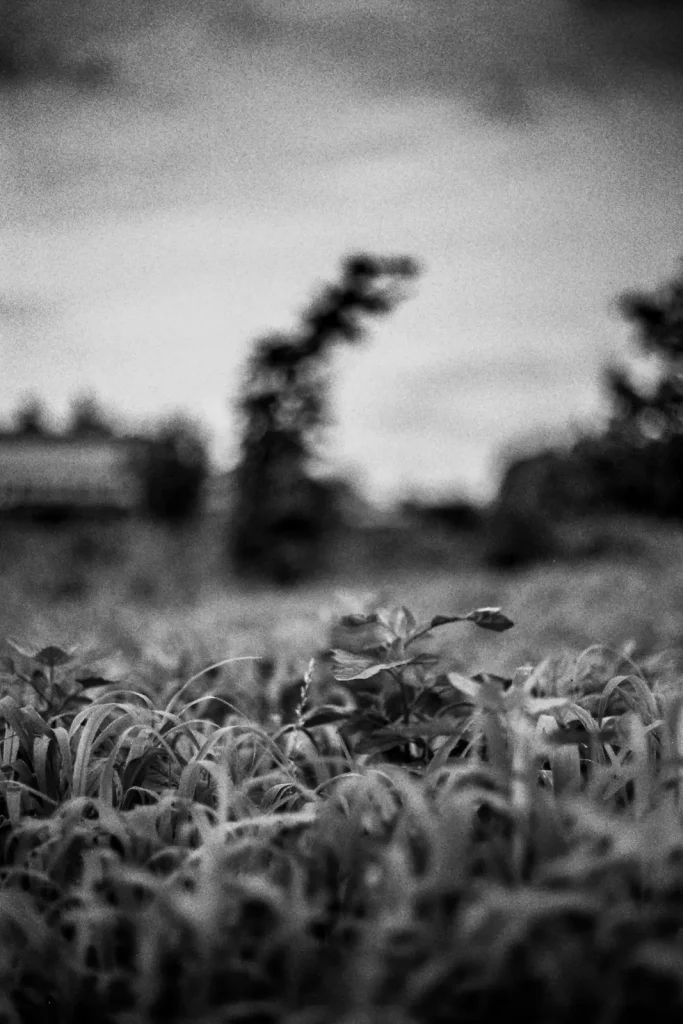
If you are going to use a pre-aspherical Summilux, it is primarily because of the character of the images it produces when shot wide open, and it is that classic character that you must appreciate to really make this lens worth it—at least that is what makes it worth it to me. I like the look the Summilux renders when shot wide open not because it is perfect but because it is distinct. It is the dreamy surreal character that the shallow depth of field renders at f/1.4 that appeals to me, and the less-than-perfect bokeh creates a pleasingly authentic, classic look.
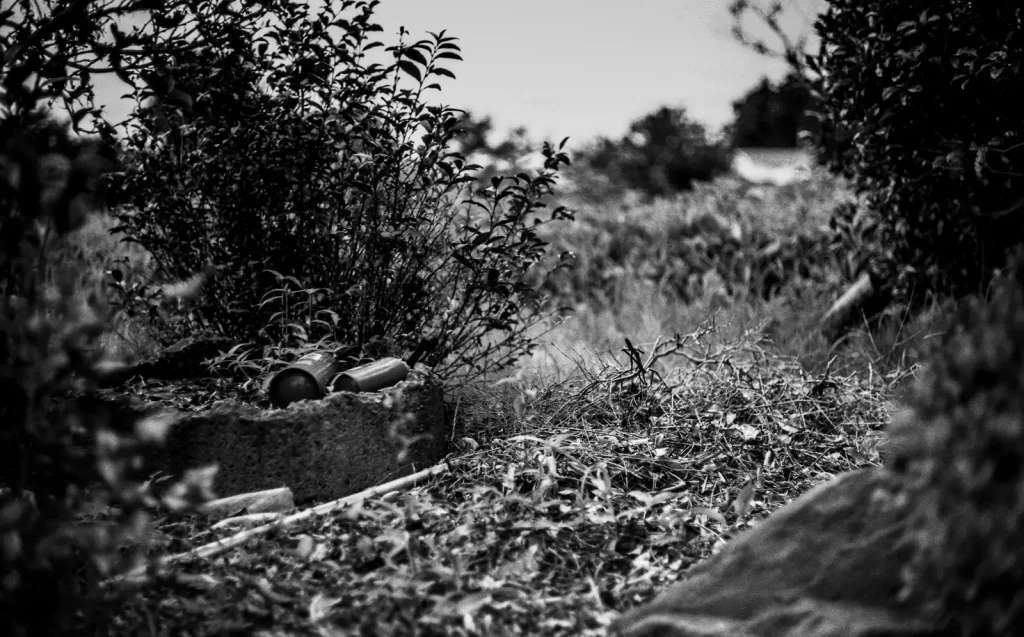
The five frames featured in this piece I shot with a Leica M6J, a Summilux 50mm f/1.4 pre-asph., on Kodak T-Max 100 film at box speed with a Marumi 8x neutral density filter. These are rural scenes in Ibaraki Prefecture, Japan during rainy season. The days are dark and gray yielding brooding, dramatic cloudy skies. All frames were shot at f/1.4.
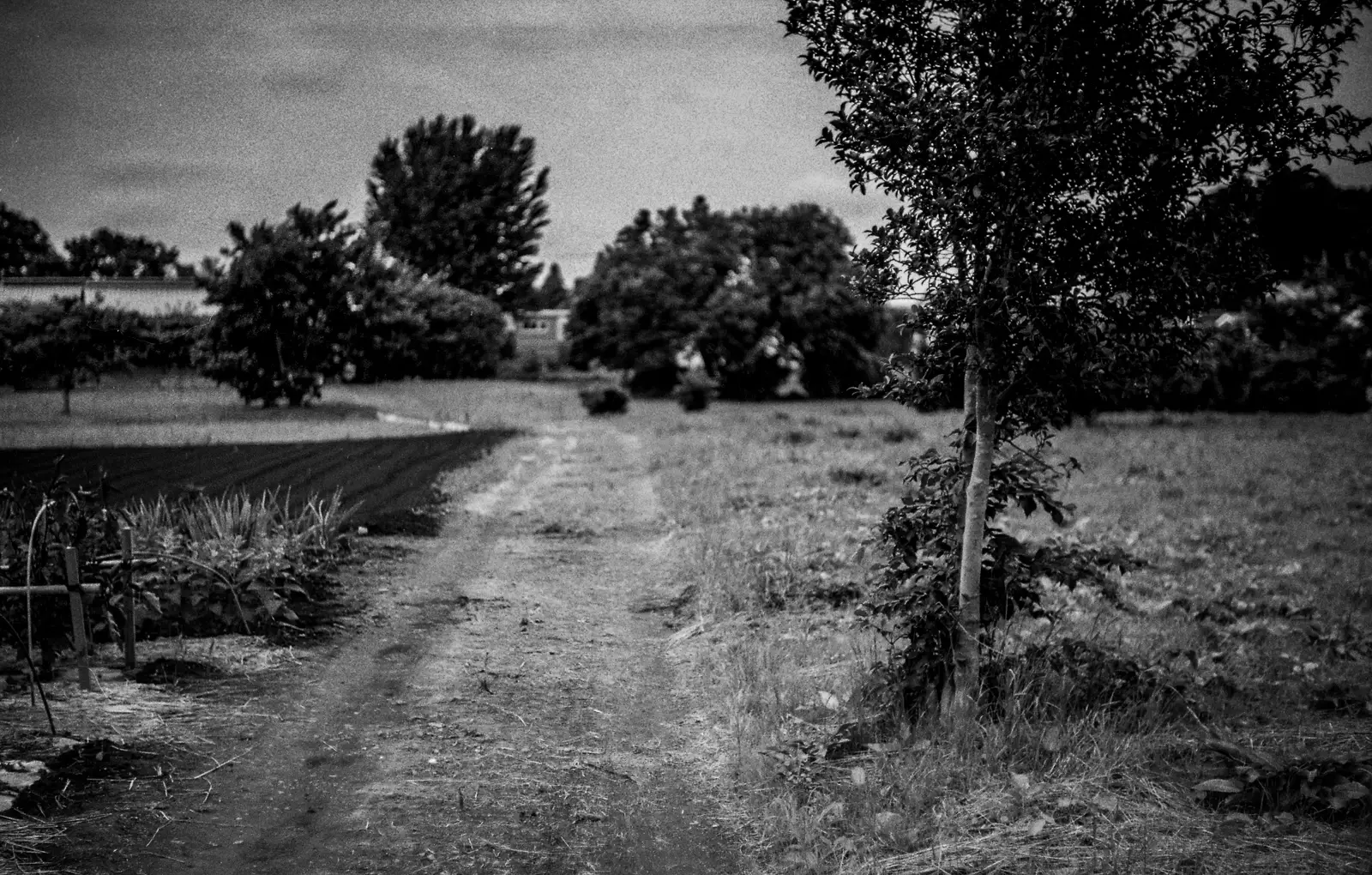
I am a street photographer who lives in Japan. If you would like to see more of my work, have a look at my website bleisteinphoto.com, or my Instagram @sbleistein
Share this post:


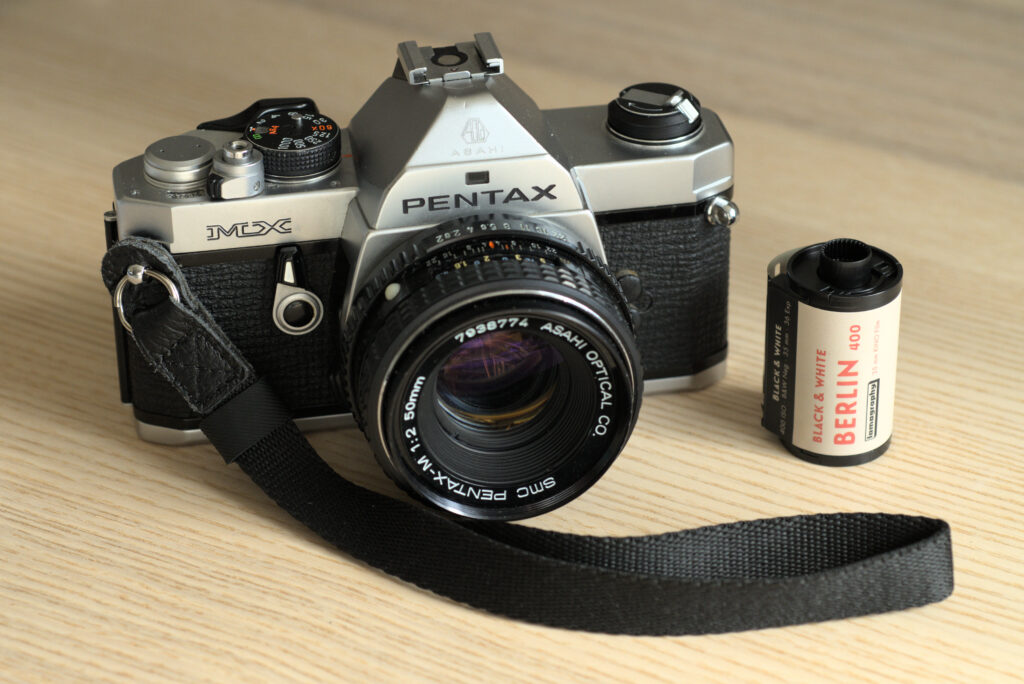
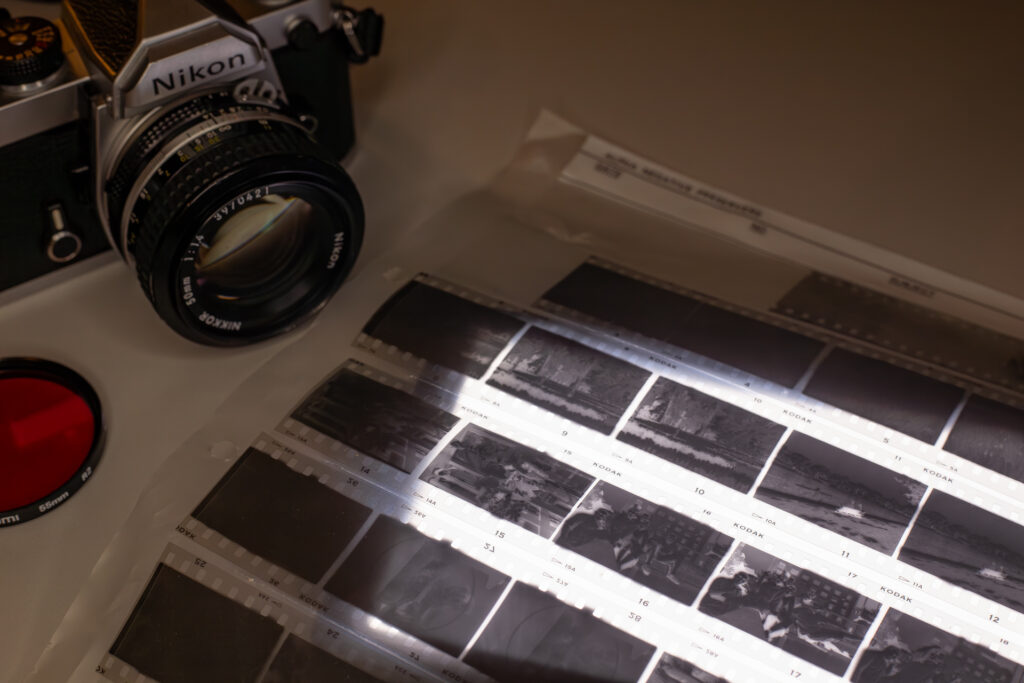





Comments
thorsten on 5 Rural Japan Frames with a Leica M6J, a Summilux 50mm f/1.4 pre-asph., on Kodak T-Max 100 – Steven Bleistein
Comment posted: 27/08/2019
The J looks lovely, too.
Comment posted: 27/08/2019
David Gibson on 5 Rural Japan Frames with a Leica M6J, a Summilux 50mm f/1.4 pre-asph., on Kodak T-Max 100 – Steven Bleistein
Comment posted: 27/08/2019
Comment posted: 27/08/2019
Comment posted: 27/08/2019
Jacob Juul Christiansen on 5 Rural Japan Frames with a Leica M6J, a Summilux 50mm f/1.4 pre-asph., on Kodak T-Max 100 – Steven Bleistein
Comment posted: 27/08/2019
Comment posted: 27/08/2019
Comment posted: 27/08/2019
Comment posted: 27/08/2019
Martin Hugh Henley on 5 Rural Japan Frames with a Leica M6J, a Summilux 50mm f/1.4 pre-asph., on Kodak T-Max 100 – Steven Bleistein
Comment posted: 27/08/2019
Comment posted: 27/08/2019
Kodachromeguy on 5 Rural Japan Frames with a Leica M6J, a Summilux 50mm f/1.4 pre-asph., on Kodak T-Max 100 – Steven Bleistein
Comment posted: 27/08/2019
Comment posted: 27/08/2019
Comment posted: 27/08/2019
Agricultural Landscapes – by Christian Schroeder - 35mmc on 5 Rural Japan Frames with a Leica M6J, a Summilux 50mm f/1.4 pre-asph., on Kodak T-Max 100 – Steven Bleistein
Comment posted: 12/12/2019